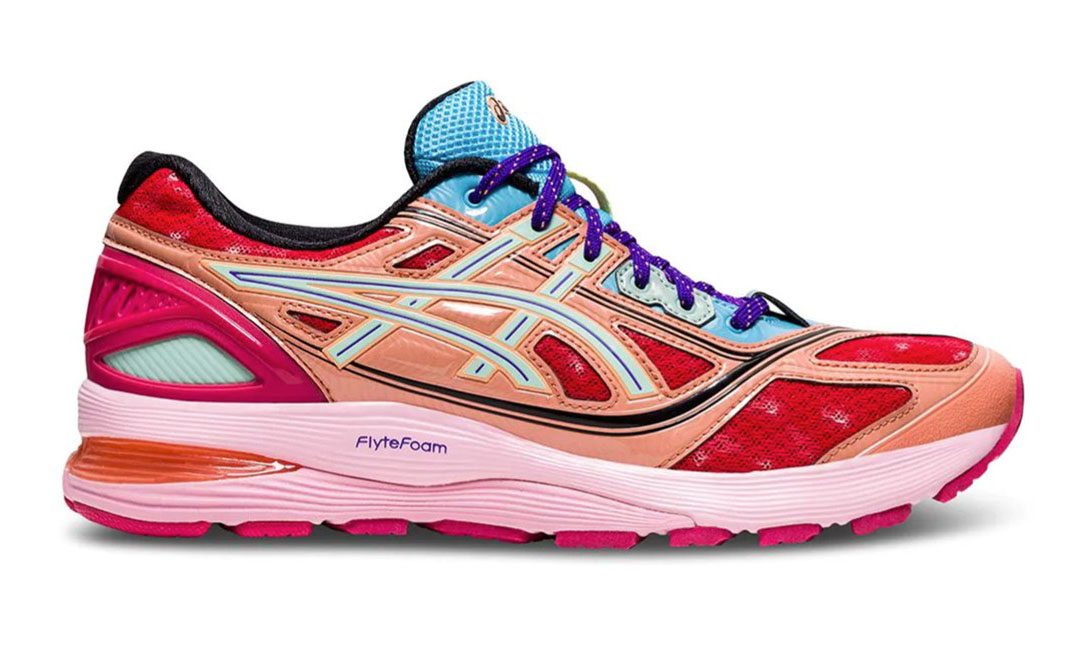“Classic designs have the charm of a good pair of brogues. They last for years and the older they are the better they fit.” So begins the abstract to a recent article in New Design Ideas on the advantages of architecture that is built to last. The advantages are legion: energy savings over the long run, less disruption to the environment, buildings that gain the affection of generations of users. The authors point out that the limited range of building materials that are durable and can last has been developed over centuries of trial and error. New building materials are tested, of course, but only in the laboratory, and only in accelerated time—definitely not for centuries. That explains the failure of so many buildings from the immediate postwar period, when architects rushed to use reinforced concrete as an exterior finish material, or newfangled plywood and fiberglass. But I was struck by the authors’ footwear analogy. Most people don’t wear brogues; they wear sneakers, or trainers, as the British insist on calling them. (Mine are New Balance 411s, generic black walking shoes). Sneakers are cheap and comfortable. They don’t last for years but they fit well from the get-go. They are replaced—as often as every season by the fashion conscious. They are intended to impress, even startle (judging by the recent models), but not to charm. Just like most new buildings, alas.



Not having worn a pair of brogues for many years I guess I find the charm to be only visual, if that, much like the supposed charm of traditional building materials. Made of stiff leather requiring months of breaking-in, they never reached the level of comfort and utility of most of the sneakers now available. Nor can a leather sole compare to a Vibram for traction on a slippery surface. Brogues may outlast sneaks, but not by all that much and not without upkeep, and who really wants a long-lasting inferior product anyway?
The authors of that rather odd article began by citing the charm of traditional materials, then proceed to describe all the ways those materials weather and fail…hardly a ringing endorsement. Nothing lasts forever. Ask the impoverished owner of a British stately home how his traditional materials are holding up and how many millions he must spend on upkeep. Longevity is not the only measure of quality anyway. Traditional Japanese housing was rebuilt every forty years or so, but they were fine homes well suited to their users and environment, just like sneakers.
After a gratuitous dig at the Villa Savoye the authors proceed to catalog all the dangers and unknowns surrounding PLASTICS! which seem to simultaneously have a short life and also last forever. Well, you’ve read the article so I won’t belabor the point, but a comparison of the merits of lead vs galvanized vs plastic plumbing for example should suggest how nuanced the topic may be.
BTW I favor Merrell Moab slip-on trail shoes for daily wear. Leather and rubber. Instantly comfortable and holding up well so far.
And while I’m on the line I’d like to recommend Chris Fowler’s blog http://www.christopherfowler.co.uk/blog/category/london/
He’s a British mystery writer who also writes about London architecture. It’s a bit niche so you may not have seen it. Cheers